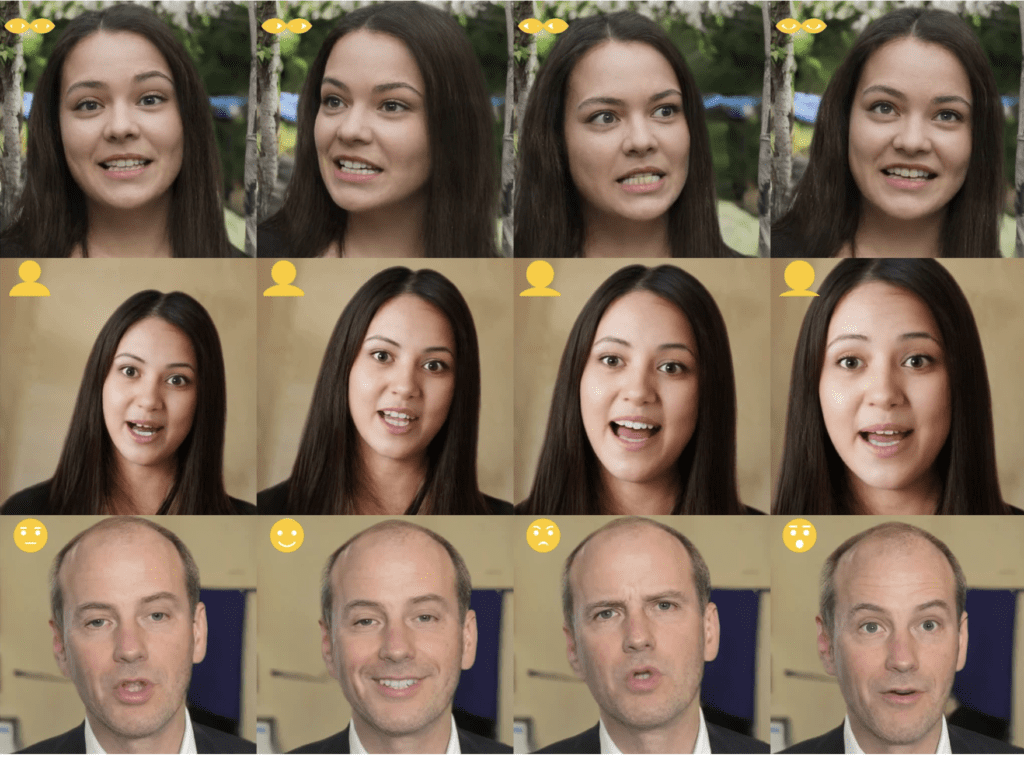Advancements in Audio-Driven Facial Animation Offer New Prospects for Digital Communication
- Enhanced Realism in Facial Dynamics: VASA-1 excels in producing realistic lip movements and facial expressions synchronized with audio inputs, enhancing the authenticity of digital human interactions.
- High Performance and Real-Time Capability: The model supports the generation of high-quality 512×512 video at 40 FPS with minimal latency, facilitating real-time applications.
- Potential Across Various Domains: VASA-1’s technology promises to improve digital communication, education, and healthcare through more natural and engaging AI-driven interactions.
Microsoft’s latest innovation in multimedia technology, VASA-1, introduces a groundbreaking framework for creating lifelike talking faces from a single static image and an audio clip. This model represents a significant leap forward in the field of synthetic media, offering enhanced visual affective skills that closely mimic human facial dynamics and head movements.
Technical Innovations and Capabilities
VASA-1 utilizes a diffusion-based holistic facial dynamics model that operates within a uniquely crafted face latent space. This space is developed using extensive video data to capture a wide range of facial expressions and movements. By integrating these elements, VASA-1 achieves an exceptional level of lip synchronization and facial animation that is not only highly detailed but also deeply expressive. These capabilities ensure that the generated faces move and react in ways that are indistinguishable from real human interactions.

Performance and Real-Time Application
One of the standout features of VASA-1 is its ability to generate high-resolution videos in real time. The model can produce videos at up to 40 frames per second with almost no starting latency, making it ideal for live applications. Whether for virtual meetings, remote education, or customer service, VASA-1 provides a tool that can greatly enhance the fluidity and quality of digital interactions.
Broader Implications and Future Applications
The potential uses for VASA-1 extend beyond simple communication. In education, the technology can be used to create interactive AI tutors that respond empathetically to students. In healthcare, it can offer companionship and therapeutic support, particularly in mental health treatments where patient engagement is crucial. Moreover, VASA-1 can improve accessibility for people with communication impairments, providing a new way for them to interact with digital content and services.

Challenges and Ethical Considerations
Despite its impressive capabilities, VASA-1 still faces challenges, such as limitations in processing beyond the torso and the absence of a full 3D face model, which can sometimes result in visual artifacts. Additionally, the technology’s potential for misuse, such as impersonating individuals without consent, raises ethical concerns. Microsoft acknowledges these issues and emphasizes its commitment to responsible AI development, aiming to mitigate risks and focus on positive applications.
VASA-1 by Microsoft marks a significant advancement in the synthesis of real-time, lifelike talking faces, pushing the boundaries of how AI can enhance human-machine interactions. As the technology continues to evolve, it holds the promise of transforming various aspects of digital communication, making it more natural, accessible, and effective. The ongoing development of VASA-1 and its applications illustrates a commitment to improving human well-being through technology, ensuring that its benefits are felt across society while consciously addressing the inherent challenges of AI in the digital age.

